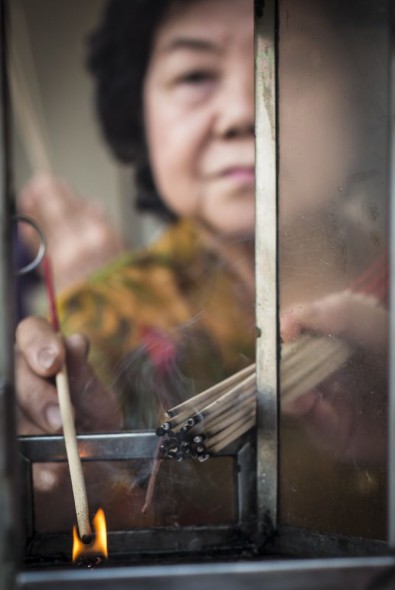If you’re struggling to put your particular stamp on your photography, Geoff Harris has some exercises and ideas…

Image by Geoff Harris
If growing as a photographer is about stages on a journey, there comes a stage where you need to ask yourself this all-important question – how would I describe my photographic style?
What differentiates me from other photographers? What unique aspects and elements of myself am I bringing to my work that make it different from other people’s? What are my unique selling points?
These are really important questions to ask, and if you are struggling for answers, here are some tips and pointers to help you develop a clearer sense of what your style is, or what you would like it to be…
1. What are your passions?
To begin with, think about you really like to photograph. What gets you out of bed on a cold winter morning, or sustains you when you’re hot, tired, hungry or frustrated? If you speak to most successful and satisfied photographers, you’ll find they are shooting a subject that they feel a strong connection to – wildlife, landscapes, portraits, music, travel, and so on.
Spend some time thinking back to your childhood, and think about what passions and interests have stayed with you. What images come to you in dreams or daydreams?
You don’t need to get psychoanalysed, but thinking about what you really, really want to photograph, and then planning how to execute it via your gear choices, is an essential starting point. There is little need for generalists these days, and most successful photographers focus on one thing they are really good at, rather than trying to be good at everything.
2. What aspects of ‘you’ can you bring to your images?
How would you describe your approach to image making? Scientific and rigorously organised? Emotional and passionate? Instinctive and spontaneous? Are you a naturally curious people-person or do you prefer being alone with your gear in an empty landscape?
Try to identify your particular strengths and then work out how you can play to them. If you are not sure what your strong points are, think about the positive comments that others have made about your work. What has attracted people and what did they pick out? Friends and family can be biased so don’t be afraid to put your work up for comment at the local camera club, or seek feedback online.
3. What attracts you to other photographers’ work?
Another practical way to help you get a clearer idea of your particular style and how to develop it is to think why you are drawn to certain photographers more than others. Take down a favourite photography book from your bookshelves (or bookmark a favourite website) and try to jot down ten things you like about that particular photographer’s work – composition, lighting, subject matter, post production and so on.
However, don’t just think: “Right I will go and copy that”. Nobody needs another Steve McCurry or Charlie Waite when we still have the originals. Instead, think about how you can adapt a particular approach you like to your own needs, or try to build up a ‘database’ of great work in your head that you can draw upon when inspiration is lacking.
4. Really think about how you are composing
How you edit and arrange the elements in the frame says a lot about your photographic style. If you relying too much on cropping and ‘fixing’ images in post-production, it would imply you need to be more mindful and patient when you frame the shot. Obsessively check the four corners of the frame before pressing the shutter button, so you can be sure no distractions or extraneous objects are allowed to get in there.
Don’t be afraid to analyse your wider aesthetic approach, too. Do you prefer close ups or distance shots? Do you prefer using wide-angle lenses or getting closer in with primes? Are you more attracted to details or the bigger picture? Asking these questions can give you vital clues about your particular style and how it could evolve over time.
5. Obsess over light and shape
Of course, nobody can teach you to ‘get’ a style in such a brief article, but hopefully some of these questions will at least get you thinking about this vital, and very personal, aspect of photography. Your style is subjective, and neither right nor wrong.
Here is one final tip though, and it’s really important. Whatever genre you are working in, you need to be thinking about light all the time. Chase the light, follow the light, worship the light, whatever, but never let the light out of your mind.
Great light is the oxygen of great photography and becoming obsessive about accessing the best light possible will give you an immediate advantage. The same goes for thinking about shapes, texture and pattern. There are a lot of similarities between photography and graphic design, so think about how the shapes and visual elements are working together in your images to help you tell and story or make a statement – and how they are helping you reveal your personal style.

Image by Geoff Harris
About the Author
Geoff is an experienced photography journalist and recently stepped down as editor of Digital Camera, the UK’s best-selling photography magazine. He now writes for a range of publications. Geoff is a keen travel and portrait photographer, and a Licentiate of the Royal Photographic Society.

